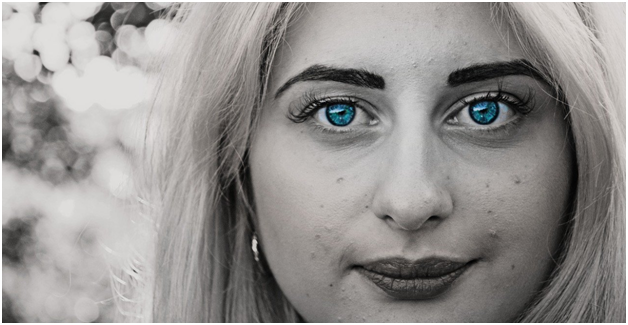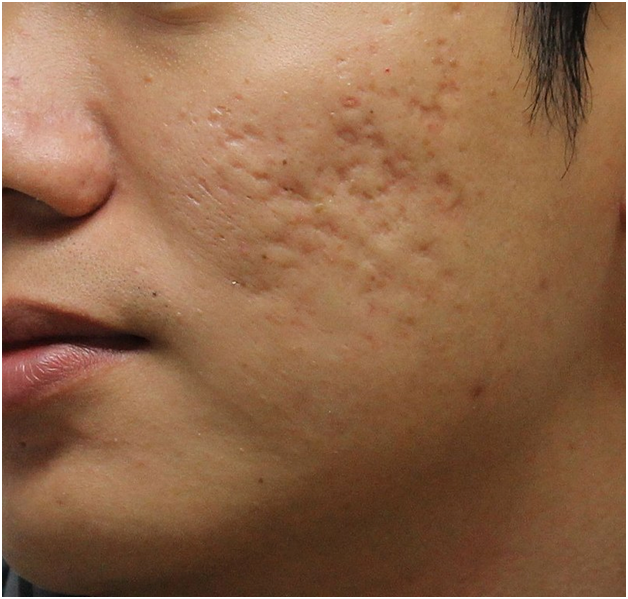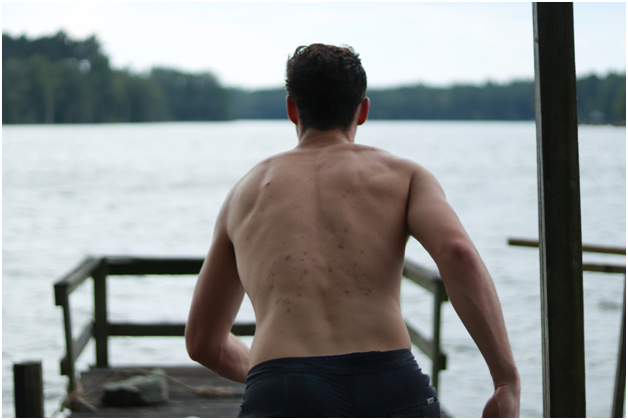Essay editor as a modern way to earn online on maternity leave
- April 3, 2024
Acne is one of the peskiest skin problems, affecting mostly the facial area. Many people from all walks of life experience acne. Commonly called pimples or zits, acne affects just about everyone at some point in their lives.
Breakouts can be frustrating, but the marks and scars they leave behind are unwanted reminders of the bothersome experience. Often, these scars take a toll on a person’s self-esteem and confidence. In this article, we’ve run down the most effective treatments on the different types of acne scars.

Acne is a common skin condition that occurs when hair follicles or pores on the skin get clogged by oil and dead skin cells, forming comedones. From there, bacteria will start to grow, causing red bumps and inflammation. When these bumps are left untreated, they can become scars that are difficult to remove.
About 80 percent of people between 11 and 30 years old experience breakouts of the skin at some point. Though many people see the skin condition go away by the time they reach 30, some may have persistent acne in their 40s and 50s.
Acne scars come in many types and sizes. Here are the most common ones and treatment options available.

Rumansava | Wikimedia commons
Atrophic scars are most seen on the face. They are characterized by flat and shallow depressions that heal below the top layer of the skin. The scars may vary depending on the history of the patient’s acne.
There are three types of atrophic scars – boxcar scars, ice pick scars, and rolling scars.
Boxcar scars are broad and usually look like box depressions. These are U-shaped with sharp edges and can be shallow or deep. The deeper the scar is, the harder it is to remove it.
Ice pick scars are narrower and smaller, which are commonly seen on the cheeks. These types of scars are hard to treat and may often necessitate long-term aggressive treatments.
The common treatment for this type of acne scar includessubsicion, which involves using a sharp needle inserted underneath the surface of the skin to break out the tough and hardened scar tissue. Meanwhile, some dermatologists prefer punch excisions, which involves removing the indented area of the scar and suturing the skin to pull the scar edges together to close the gap.
Lastly, doctors also use laser acne scar removal to stimulate the skin to produce collagen and naturally repair the skin.
Ice pick scars are usually smaller with narrow indentations that point down into the skin’s surface. These scars are commonly seen on the cheeks. They tend to be difficult to treat, requiring persistent and aggressive treatment.
The treatments used for ice pick scars include chemical peels and laser methods. Chemical peels may be effective in shallow ice pick scars, but for deeper ones, it is advisable to get laser treatment or other resurfacing methods.
Rolling scars are lesions with broad depressions with a sloping edge. They can look almost like tiny saucers and give the skin a wavy look. Further, rolling scars are due to long-term inflammatory acne, which can become more obvious with age.
The best way to treat boxcar acne scars is laser treatments. However, due to the severity of these scars, it may take many sessions before the results are seen.

Hypertrophic and keloid scars are severe types, which are raised and can be hard to erase. Hypertrophic scars are raised and firm scars, which are often seen on the torso, but can emerge anywhere on the body. Keloids, on the other hand, grow larger than the original wound,
Treating these raised scars may take a lot of time and effort. Some of the treatment options include silicone gels, steroid creams, laser treatments, and cryotherapy or freezing the scars with liquid nitrogen.
These treatment options will help reduce the appearance of acne scars, which can take a toll on one’s confidence and self-image. Make sure to consult with a licensed dermatologist to be guided with the treatment options for your acne scar problem.
The best way to combat acne scars is by preventing acne scarring. It is important to have a good skincare routine, a healthy diet, and an appropriate treatment regimen. Focus on reducing inflammation and avoid ignoring an acne problem, even if it is just mild.